by Ron Kennedy, M.D., Santa Rosa, California
When to have invasive procedures and when not — what your doctor may not tell you.
The past 20 years has seen a proliferation of bypass surgery and angioplasty, in spite of strong scientific evidence that neither may be helpful in the long run for the overwhelming majority of patients. In general, the only reason for the one million such procedures each year is the high number of working cardiologists and cardiovascular surgeons in the medical community and the extremely high profitability of these procedures, around $70,000 for a bypass and $30,000 for an angioplasty.
The landmark CASS Study (stands for Coronary Artery Surgery Study) in 1984 demonstrated the irrelevance of bypass surgery and angioplasty to survival after the diagnosis of coronary artery disease is made. Analysis of outcome in 780 patients demonstrated no statistical difference in survivability between patients who both went to surgery and were treated medically and patients who were treated medically without surgery. Neverhteless, this extremely well documented study is generally ignored by doctors who do these procedures and never mentioned to patients who they consider candidates for bypass or angioplasty.
"Blockages," as reported from angiography are not an accurate reflection of blood flow according to a 1984 study published in the New England Journal of Medicine. No correlation between blockage and blood flow means the angiogram is worthless for gauging degree of blockage. (2)
If "blockages" are visible on angiogram, this does not mean bypass surgery or angioplasty should be done, since blood flow does not correlate with these images. What this study can tell you is if you have some plaque formation. However, the important item is blood flow. What does correlate with blood flow is the "ejection fraction," that percentage of the blood the left ventricle can eject from its volume at full expansion. For example, if the heart can empty ½ the volume it contains before contraction, the ejection fraction is said to be 50%.
If a cardiologist recommends angiogram (catheterization), the chances are it is not needed by the standards of the AMA. Ask your doctor to determine the ejection fraction and if it is 40% or better, decline the angiogram because your pump is healthy enough that whatever the results of angiogram, no surgery is advisable according to AMA guidelines. Why place yourself at the risk of death (1-2% for angiogram and 5% for bypass) if your pump is working?
According to the AMA the indications for bypass surgery are:
- when the left main coronary artery is blocked,
- when the patient has severe anginal pain which is unresponsive to all other therapies,
- when there is evidence of blockages in three coronary arteries and the ejection fraction is below 40%.
In these cases surgically treated patients do better than non-surgically treated. (3)
In summary, the salient points to consider when confronted with a heart doctor who wants to operate are:
- Angiograms are inaccurate and irrelevant to blood flow. This is proven by the Graboy study.
- The important measurement is the ejection fraction which reflects the health of the heart as a pump. A heart with an ejection fraction of 40% or greater should not be operated on.
- Coronary bypass surgery and angioplasty are irrelevant to your chances of survival. The CASS study of thousands of patients showed a 1.6% per year mortality in those randomly assigned to surgery and also 1.6% per year in those randomly assigned to medical management.
- The cardiopulmonary pump used during bypass surgery can cause brain damage in any patient. This damage can lead to memory loss, paralysis and personality change after the operation. It is estimated that 50% of patients have measurable brain damage from the effect of the use of the pump.
- Bypass surgery and angioplasty are not curative; they do not address the cause of vascular disease. Vascular disease in other parts of the body will progress unimpeded.
- Due to changes in blood flow the artery or arteries operated on progress toward reblockage at a rate ten times faster than before. This is why these procedures typically fail after a few months or years.
- Up to 90% of bypass operations are done with an ejection fraction of greater than 50% (i.e. on normal hearts from the pumping point of view). This means that 90% of angiograms and 90% of bypass procedures are unnecessary, at least unnecessary for the patient's health and well-being.
- After bypass surgery your risk of a heart attack is greater than if you are treated medically, without surgery.
Sources:
- Alderman EL, et al. Ten year follow-up of survival and myocardial infarction in the randomized coronary artery surgery study (CASS). Circ. 82:1629-46, 1990 CASS Principle Investigators and Their Associates: Myocardial infarction and morbidity in the coronary artery surgery study (CASS) randomized trial. New England Journal of Medicine310:750-8, 1984
- Graboys TD, et al. Result of second opinion program for coronary artery bypass surgery. Journal of the American Medical Association 268:2537-40, 1992
- Graboys TD, et al. Result of second opinion program for coronary artery bypass surgery. Journal of the American Medical Association258:1611-4, 1987
- Winslow CM, et al. The appropriateness of performing coronary artery bypass surgery. Journal of




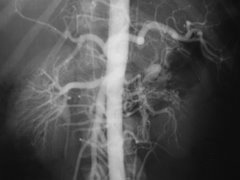
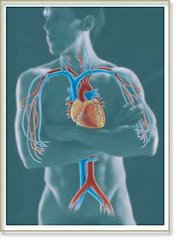
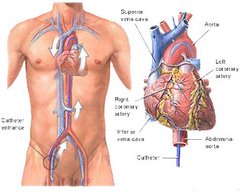
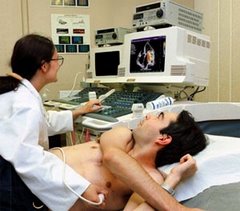
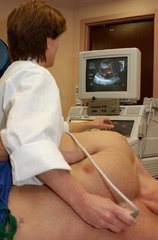
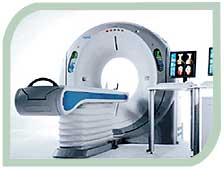
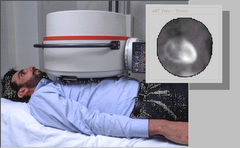
No comments:
Post a Comment